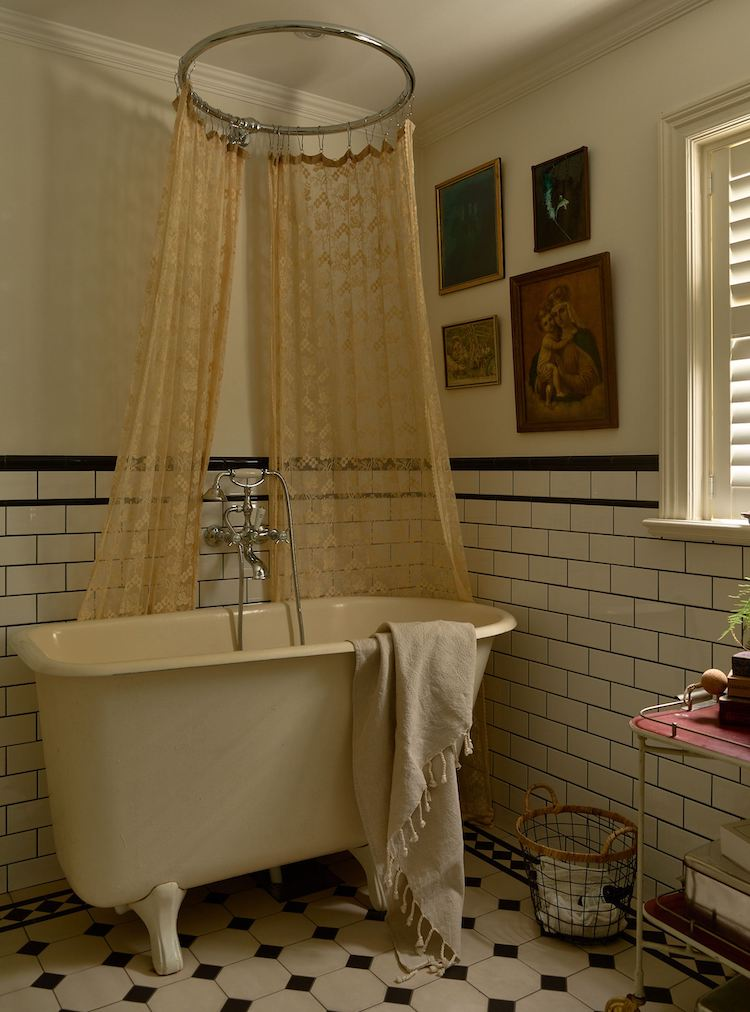
The 20th century was a time of great innovation and change in the world of architecture, and nowhere is this more evident than in the design of houses. The 20th century house was a radical departure from the styles that had come before, with architects experimenting with new materials, shapes, and technologies to create homes that were truly modern and reflective of the times.
One of the most iconic styles of 20th century houses was the Modernist movement, which emerged in the early part of the century and sought to break away from the traditional ornamentation and detailing of previous architectural styles. Modernist architects such as Le Corbusier, Ludwig Mies van der Rohe, and Walter Gropius favored clean lines, open floor plans, and the use of new materials such as glass, steel, and concrete. These houses were often characterized by their flat roofs, large windows, and minimalist aesthetic.
Another important style of 20th century house was the Ranch house, which emerged in the post-World War II era and quickly became one of the most popular architectural styles in America. Ranch houses were single-story homes with long, low-slung profiles and open floor plans. They often featured large windows, attached garages, and outdoor living spaces such as patios and porches. Ranch houses were designed to be practical and economical, with a focus on indoor-outdoor living and a casual, relaxed lifestyle.
In the latter part of the 20th century, the style known as Postmodernism emerged as a reaction against the austere minimalism of Modernism. Postmodern houses often featured playful, eclectic designs that combined elements of different architectural styles and periods. These houses were characterized by their use of bold colors, decorative detailing, and references to historical architectural forms.
Throughout the 20th century, advances in technology and construction techniques also had a profound impact on the design of houses. The introduction of new materials such as steel, glass, and concrete allowed architects to experiment with innovative structural systems and create homes that were more open, airy, and light-filled than ever before. The use of prefabricated and modular construction methods also made it easier and more affordable to build houses quickly and efficiently.
Overall, the 20th century was a time of great experimentation and creativity in the world of house design. Architects pushed the boundaries of what was possible, creating homes that were not only functional and comfortable, but also beautiful and expressive of the times in which they were built. Today, many 20th century houses are considered architectural landmarks and are prized for their historical significance and innovative design.
 home decor trends
home decor trends



